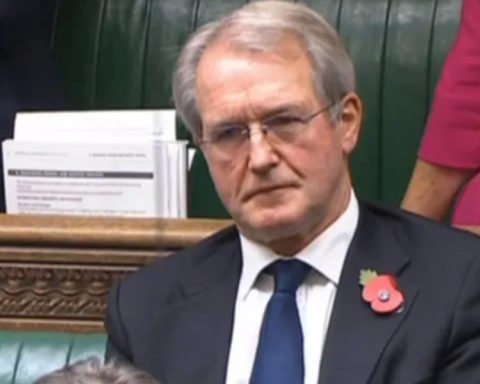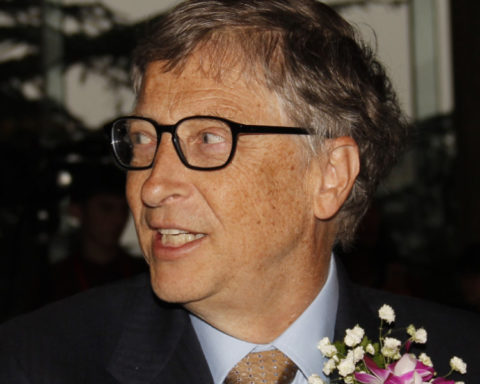The last year has seen the largest increase in billionaire wealth in recorded history, but it has little to do with innovation – states across the world are pursuing policies which guarantee that the rich get richer.
Last year, during the peak of the global pandemic, the world created more than 700 new billionaires. In the year since, another 500 have been created – but the total wealth on the Forbes list has increased from $5 trillion to $13 trillion, the largest increase ever recorded in any one-year period. China topped the list for the highest number of new billionaires, with the US coming in second.
Meanwhile, global GDP shrank by 3.3 percent in 2020 and unemployment rates are around 1.5 percentage points higher than they were before the pandemic in most economies. This doesn’t simply raise moral questions about the distribution of wealth during a pandemic – it requires us to ask exactly how those at the top are doing so well while demand in the global economy is so subdued.
others argue that central banks were actively attempting to increase asset prices, enriching the wealthy, based on the assumption that that wealth would ‘trickle down’ to everyone else.
Whatever their original intentions, central bank asset purchases have unquestionably led to significant asset price inflation and increased wealth inequality
Grace Blakely in Tribune magazine
The main reason for the explosion in billionaire wealth over the course of the pandemic has been the asset purchasing programmes undertaken by central banks. In the wake of the financial crisis, and following in the footsteps of the Bank of Japan after its crisis a decade previously, central banks set about creating new money to purchase long-dated government bonds and some other assets in order to reduce yields (previously, they had primarily dealt in short-dated bonds as a way to influence interest rates).
The idea behind what is now commonly known as quantitative easing was that pushing down yields on long-dated government bonds would encourage investors to purchase other assets, like equities. Some argue that this was simply a measure designed to increase lending and investment; others argue that central banks were actively attempting to increase asset prices, enriching the wealthy, based on the assumption that that wealth would ‘trickle down’ to everyone else.
Whatever their original intentions, central bank asset purchases have unquestionably led to significant asset price inflation and increased wealth inequality. If that trend was not obvious in the run up to the Covid-19 pandemic—US equities had undergone their longest bull run in history and many observers were pointing to a bubble in high-yield corporate debt—then it is certainly obvious today.
https://tribunemag.co.uk/2021/05/how-corporate-welfare-props-up-the-billionaire-class







